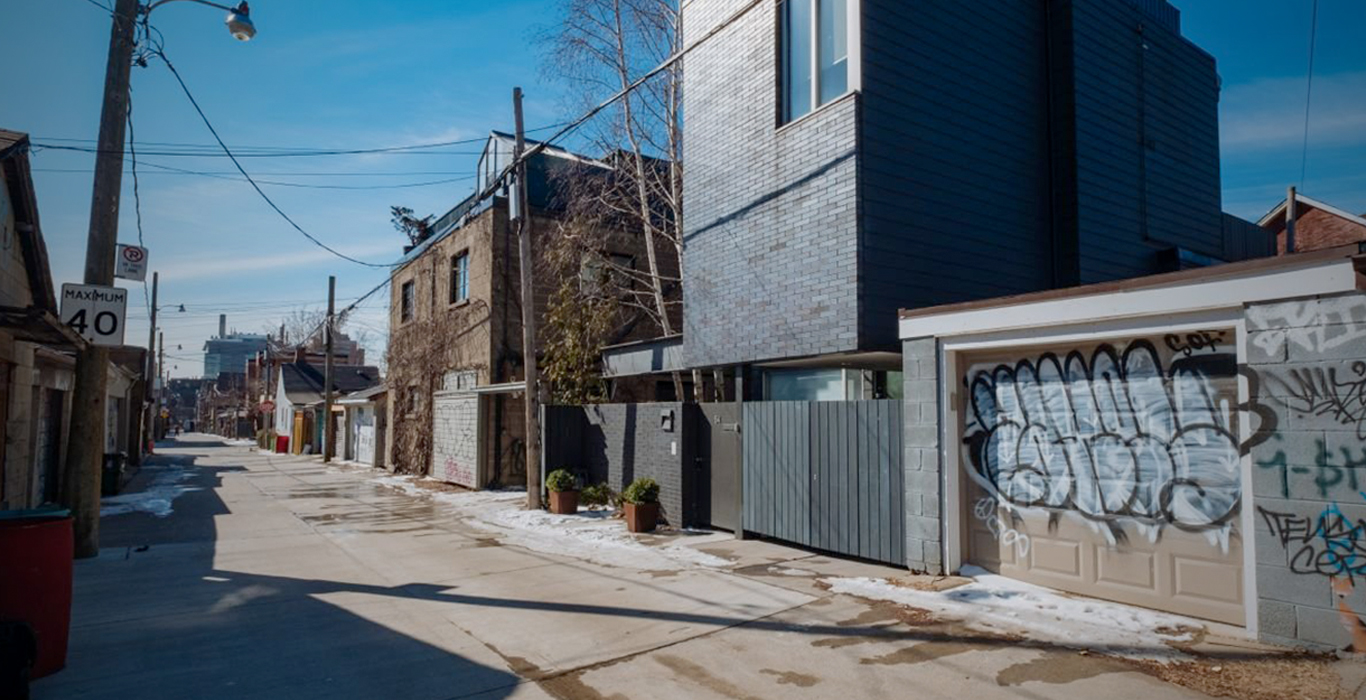Can you Earn Income by Building a Laneway Suite? Step 1: Confirm Your Boundaries

On Thursday June 28, 2018, the City of Toronto Council approved a motion to amend a city bylaw which would now allow the construction of laneway suites in residential neighbourhoods. The ever-increasing demand for affordable housing in the GTA played a huge role in the 30 -5 vote, with the hopes that this change will alleviate some of the pressure its residents are having with finding living space.
A laneway suite is a separate residential unit that can be constructed at the rear of a lot and would be physically independent from the main house. Owners can use these for growing families, or as a rental income resource. There are numerous guidelines that must be met such as: dealing with distance from the laneway, proximity from the house, parking situations, along with maximum number of storeys tall the unit can be. It is estimated that well over 100 laneway suites will be in construction annually now that this law has been altered.
While the news of turning the unused space at the back of your house into an income property may sound like a fantastic idea, it is important that you confirm your boundaries and check for any easements before you start applying for permits.
The fastest and most economical way would be using the resources available at ProtectYourBoundaries.ca. Simply type in your address and you will be brought to a property page that will outline if there are any easements registered, along with what Land Surveys and property reports are available for your lot.
A Land survey (available at protectyourboundaries.ca) is a legal document demonstrating the exact property boundaries, building locations and physical features of the land that you own. This is vital information as it will determine if you have enough space for a new laneway suite, along with outlining if there are any easements that run through that section of land, thus preventing being allowed to build.
The two most common types of easements on a residential lot would include right of ways and utility easements. Right of ways (ROW or RW in documentation) allow the owner of one property to travel through or across a portion of another’s property for a specific purpose. In Toronto or urban areas, these are laneways, and mutual driveways. A utility easement on the other hand allows a utility corporation to access the property to maintain or repair their equipment, such as Bell or Rogers
Start your research by heading over to our website and typing in your address. Our property pages will tell you right away if there are any easements, as well as show all the available surveys and reports we have available for that lot.
Question? Call 877.392.2662 or email info@protectyourboundaries.ca












